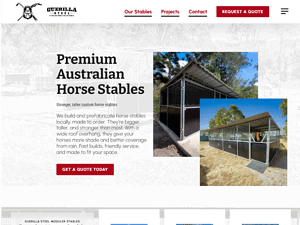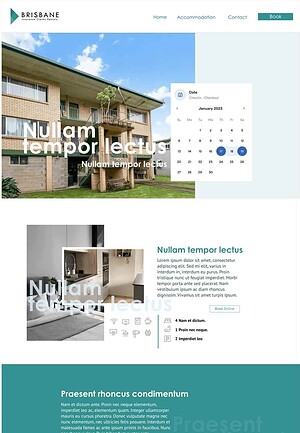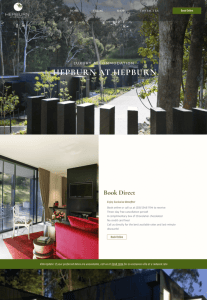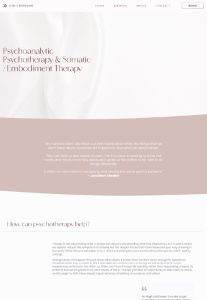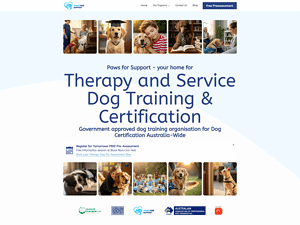Manually Recovery Client Broken Site 7 Hour Turn Around
This project is a perfect reminder that building a strong foundation isn’t just about launch day it’s about what happens after.
- We launched the site in July. Everything was dialled in.
- Lightning-fast pages. WCAG AA 2.0 accessibility. Perfect SEO.
- The kind of structure you know can scale.
And it worked.
Within weeks, the site was ranking on page one for key terms, pulling a 12.6% click-through rate (three times the industry average) and drawing thousands of organic impressions.
One Eventful Month
The client hosted a big community event.
Huge success, loads of traffic, heaps of photos, everyone buzzing.
But after it wrapped up, Some pages were accidently overwritten.
Hundreds of high-res photos uploaded.
A few key template settings were changed, and suddenly things stopped behaving.
The site stopped working properly. Rankings started to slip
When Backups fail, but Brighter Websites don’t.
After the client’s big event, hundreds of large images were uploaded in one go and because WordPress automatically creates multiple sizes of each file, the backup software simply couldn’t keep up.
The most recent full backup failed mid-run, which meant the next day’s auto-snapshot didn’t complete either. So when the site started breaking, the most reliable rollback point didn’t include all the pre event lead up articles and content.
Fortunately, the site had been built on solid architecture with a few extra fail safes. I had room to rebuild everything manually safely and cleanly.
The other Big Event September
And all of this happened right in the middle of one of the biggest global SEO updates in years. The timing couldn’t have been worse.
That same week, I had a full inbox of worried business owners some of my longest-standing clients all needing urgent help. Even my own site took a hit.
This particular client wasn’t on a care plan, so it took about three days before I could get to their fix. By then, they’d already rolled up their sleeves and started trying to troubleshoot it themselves. Which, honestly, I love to see.
No one panicked.
Because these things happen. And more importantly, they can be fixed.
The Fix was in (one long coffee-fuelled day)
Manual restoration – Rebuilt every lost layout by restoring JSON data directly in the database.
Breakdance protection – Added code to lock down editing areas that non-technical users could accidentally overwrite.
Media optimisation – Expanded storage, compressed and resized images automatically, and trained the client on better gallery management.
Future-proofing – Set up a safer editing workflow for the client and created a brand-new backup snapshot.
Backup overhaul – Switched to incremental backups, verified restore points, and showed the client how to trigger a manual backup anytime – especially if they
Bonus Tweaks – While I was there, I tidied a few things the client had started experimenting with:
- They were building a Notice Board but had created three separate pages for it — I streamlined that into one clear layout.
- Several image galleries had been set up as pages instead of posts, so I rebuilt them properly under a Gallery category in the blog section.
Now, users can find them easily — and the site feels more joined-up and purposeful.
Total turnaround: 7 hours.
Why Technical SEO and Accessibility Matter Long After Launch
The site came back online. And because it was built with solid SEO and accessibility principles from day one, I anticipate recovery will be smooth. Rankings and impressions are already starting to rebound. We will check in – in about a month.

Expert Recommendations
- Use Google Drive or Facebook albums for large image collections
- Stick with incremental backups to avoid space limits
- Create content as posts, not static pages, for easier management and discoverability
- Keep experimenting just remember, it’s how you learn
When a Great Website Meets a Teachable Moment
They’d tried to fix things themselves and lost confidence along the way.
But the truth?
They were looking in all the right places.
They just needed someone who’s been through a few of these rodeos to tie it all together.
So I told them:
“You did a Brilliant Job of trouble shooting, and I was impressed to backtrack all the things you had tried. Breaking your site is one of the best ways to learn how to fix it. Keep at it. You’ll get good by doing.”
That’s how real digital confidence is built.
And that’s what makes this project a win, not just a recovery.


